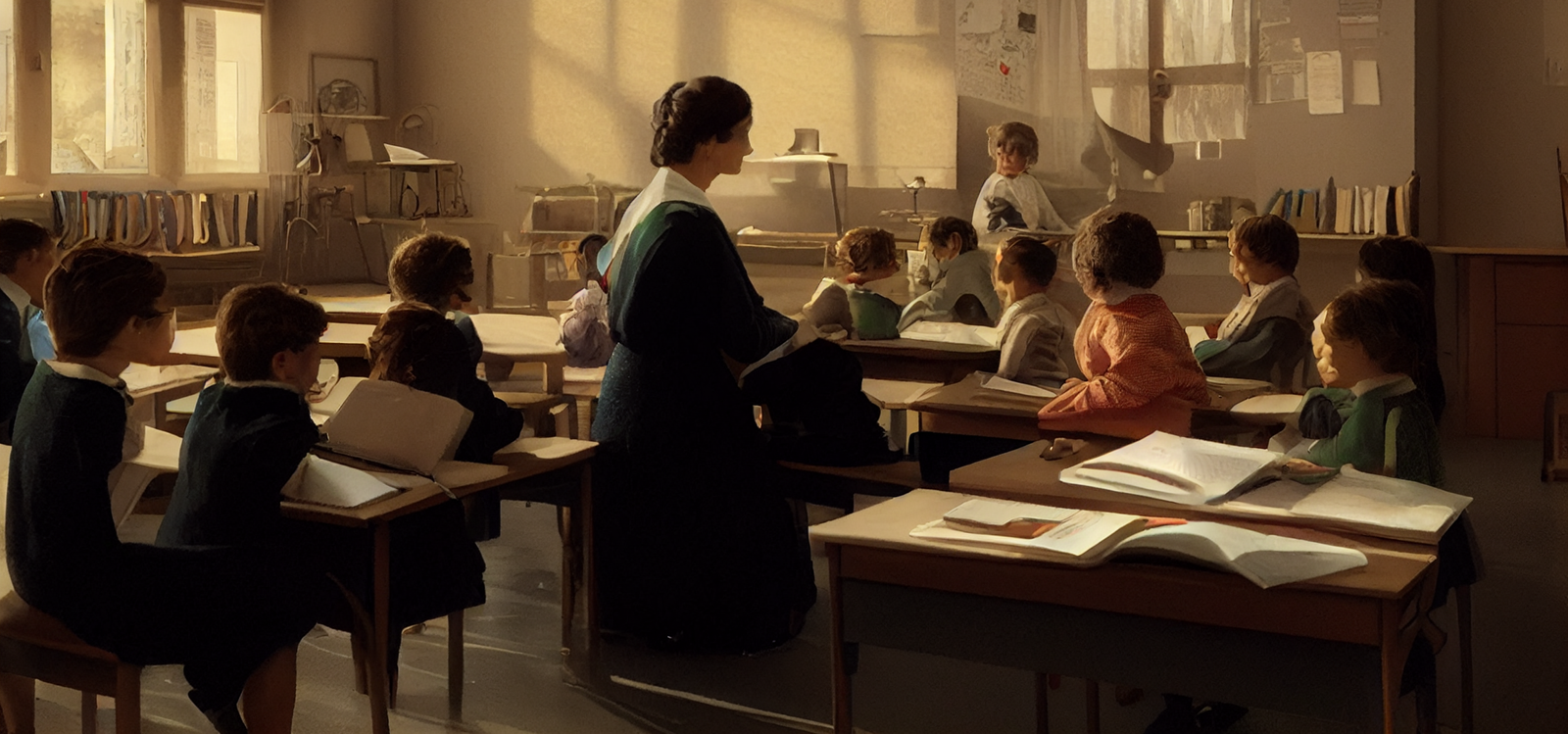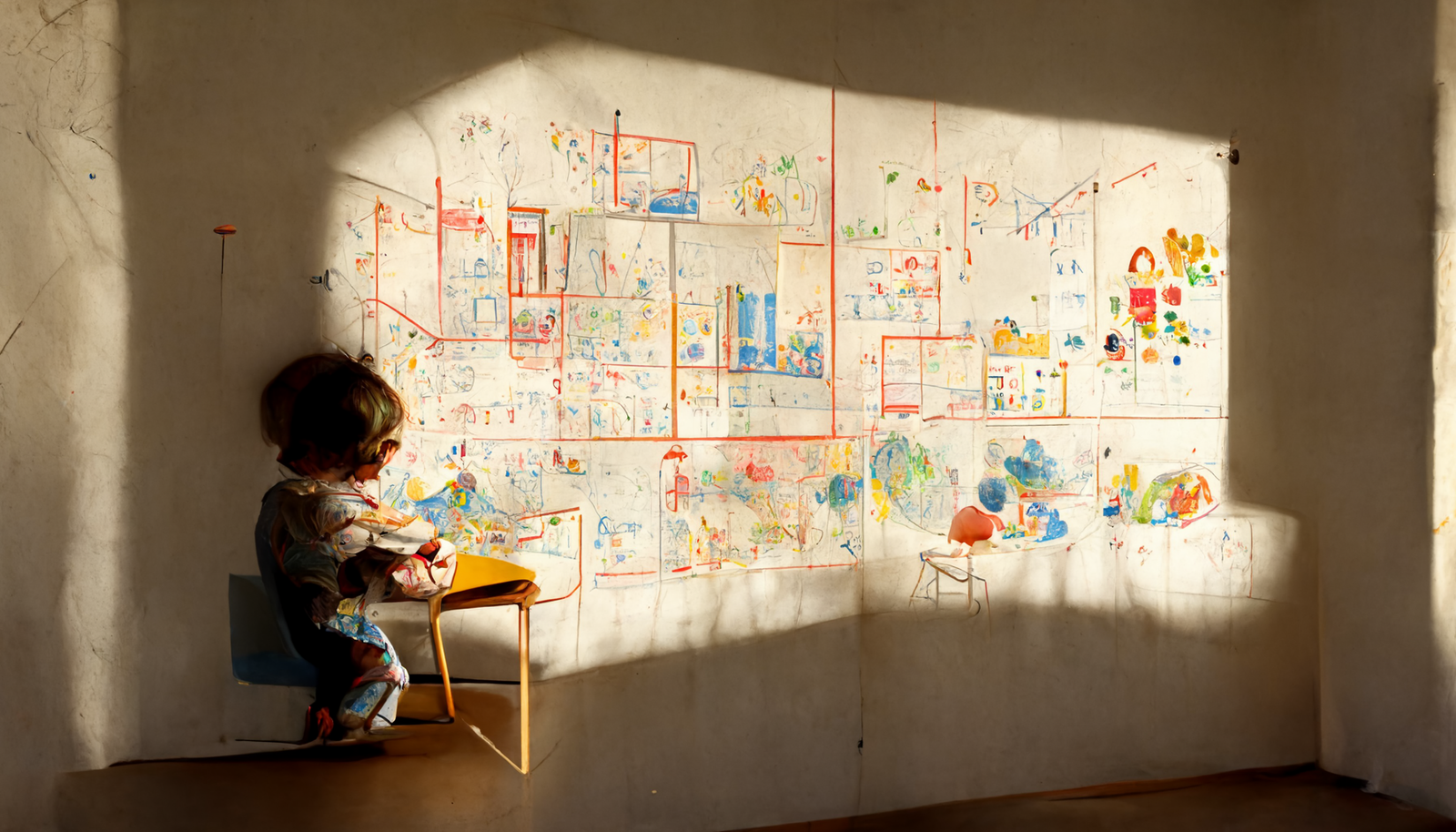We talk about the features of the methodology, tOur care of the child should be governed, not by the desire to make him learn things, but by the endeavor always to keep burning within him that light which is called intelligence.he basic principles and possible shortcomings.
Maria Montessori
History of Montessori Pedagogy appearance
Maria Montessori is an Italian teacher and one of the first female doctors of the 19th century who created her own pedagogical system. Montessori has always fought for justice – while working as an assistant to a doctor in a psychiatric clinic, she talked a lot with children with special needs and worried that no one was taking care of them. After all, everyone needs education!
Therefore, Maria began to develop her own theory for the development of children. Initially – only for children with developmental delays. But, convinced of the success of her educational and developmental system, Maria adapted it for all children. She realized that classical methods are not always effective.
What is the Montessori method of teaching?
The author called her methodology “a system where the child develops independently, based on a didactically prepared environment.” The key principle of the Montessori method is “Help me do it myself.” It implies that the adult understands what the child is interested in, provides him with a basis for interesting activities and teaches him to use it.
7 Basic principles of Montessori methodology
- Montessori is a method of early development, but the groups are still of different ages. Older children teach the younger ones, acquire leadership traits. The younger ones learn to take care of each other. Mutual assistance and cooperation is formed, although sometimes there are misunderstandings.
- Classes are held in a specially prepared environment. The basics of Montessori pedagogy imply that the playroom is divided into several parts – the natural science, practical life, sensory, linguistic, and mathematical zones are considered standard. But they also add creative, playful and sports. The child can study where he likes, even all day long. The task of the teacher is to adapt to the interests of the child. It is important to give freedom of thought, action and feeling. So children will learn everything easily and with pleasure, without “obligation” and competition with peers.
- An adult in learning plays a secondary role: he is not a mentor, but an assistant. The task of an adult is only to interest the child. The teacher communicates with children, but does not impose his own opinion, does not lead the child to the desired answers to questions.
- There are definitely rules that help streamline processes in a Montessori group. For example, after reading a book, you need to put the toys in their place or put them away from where the baby took them. This is how children are taught to keep order.
- Direction to the development of fine motor skills, senses: sight, hearing, taste, smell and touch. Maria Montessori believed that accurate actions with small objects form the intellect, develop speech, attention and memory. Therefore, in her system there is a lot of activity related to stringing objects, guessing them by touch and texture, with sorting.
- Criticism and prohibitions are unacceptable. The child has the right to make mistakes. He is quite capable of reaching everything on his own.
- The child develops independence. All manuals are located on the shelves so that he can take them himself and put them away. All books are in one copy – this is how children learn to negotiate among themselves.
Advantages and disadvantages of Montessori system
For sure, as anything in the world Montessori education methods have their positives and negatives.
Positives of Montessori Education
- Children learn at their own pace, without competition with peers and a mandatory program.
- The classes are not boring, the kids are inquisitive and proactive.
- They can keep themselves busy, respect the needs of others and do a good job with household duties.
- Children know what “personal boundaries” and “who I am” are.
Negatives of Montessori method:
- After the Montessori methodology, it can be difficult for children to get used to the discipline of ordinary kindergartens and schools, where everyone does the same thing together, and the teacher should be perceived as an authority, and not as an assistant.
- The manuals are quite expensive and they need to be varied in order to keep the children interested, and there must be a sufficient number of them.
- It is difficult to recreate a Montessori environment at home.
Who is Montessori suitable for?
We cannot know the consequences of suppressing a child’s spontaneity when he is just beginning to be active. We may even suffocate life itself. That humanity which is revealed in all its intellectual splendor during the sweet and tender age of childhood should be respected with a kind of religious veneration. It is like the sun which appears at dawn or a flower just beginning to bloom. Education cannot be effective unless it helps a child to open up himself to life.
Maria Montessori
Montessori Education methods will work for farents for whom an individual approach to their child is important. But for mom and dad, who are not internally ready to let go of the child without being tied to the standard system, the method most likely will not work.
Children who do not have problems with communication and socialization will have an easier time than closed ones. It will be easier for those who like to play or draw quietly to get comfortable than those who need a lot of outdoor games during the day.


